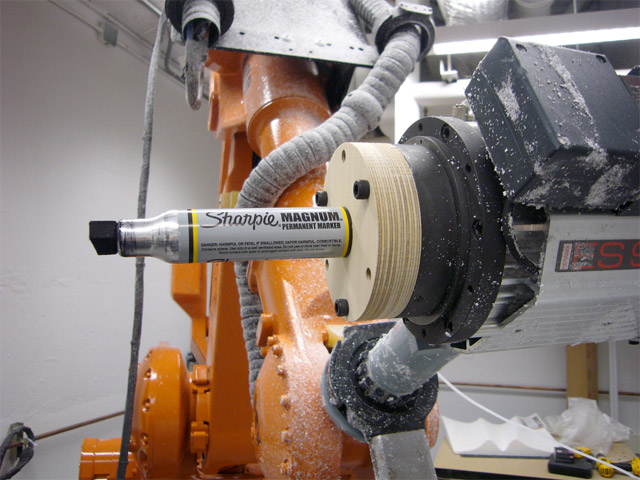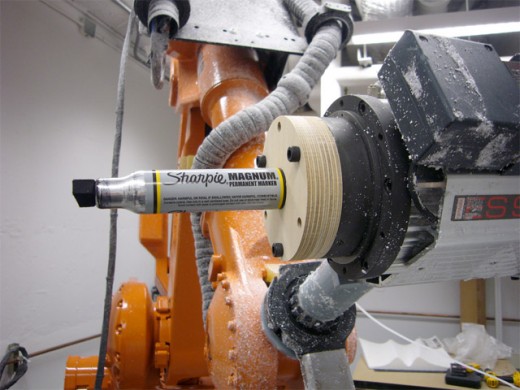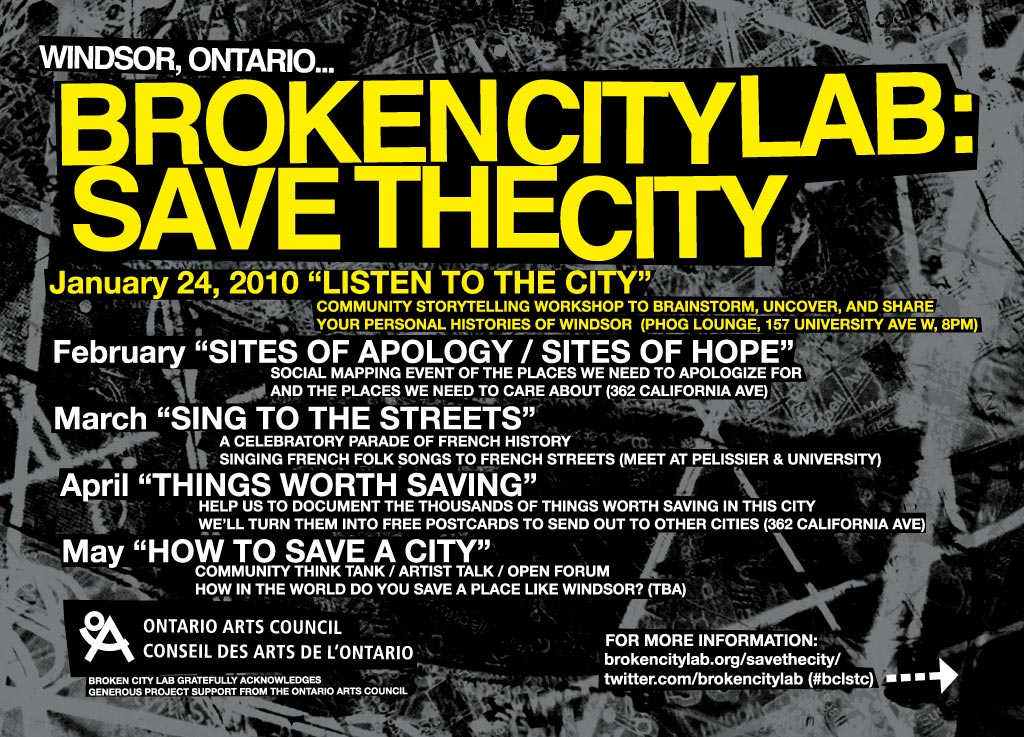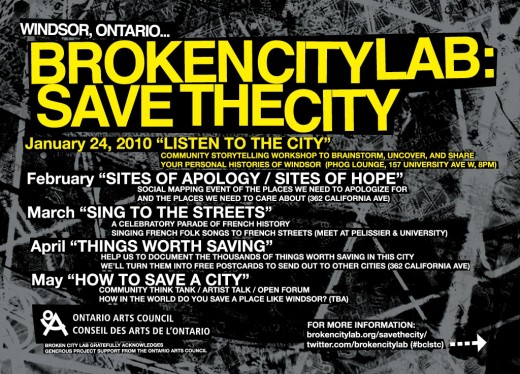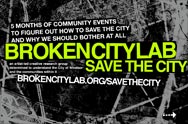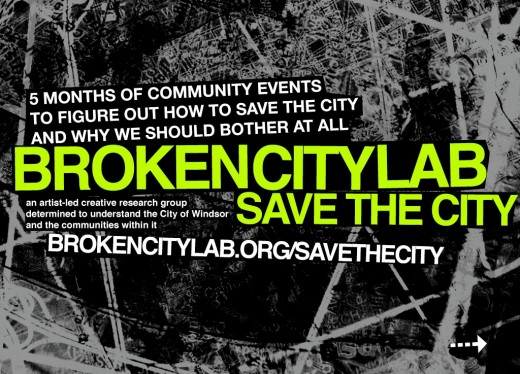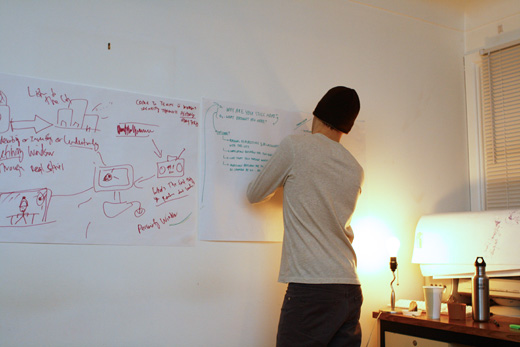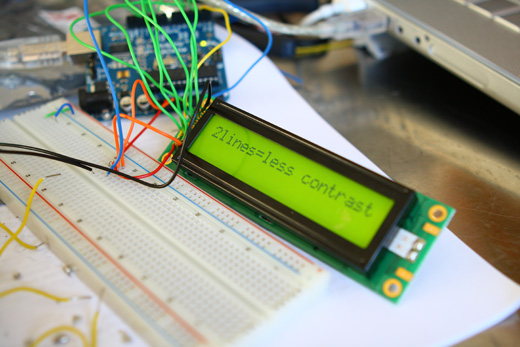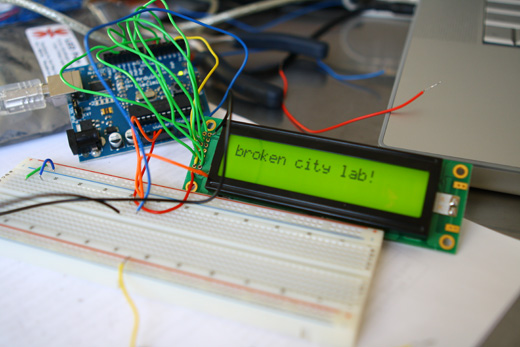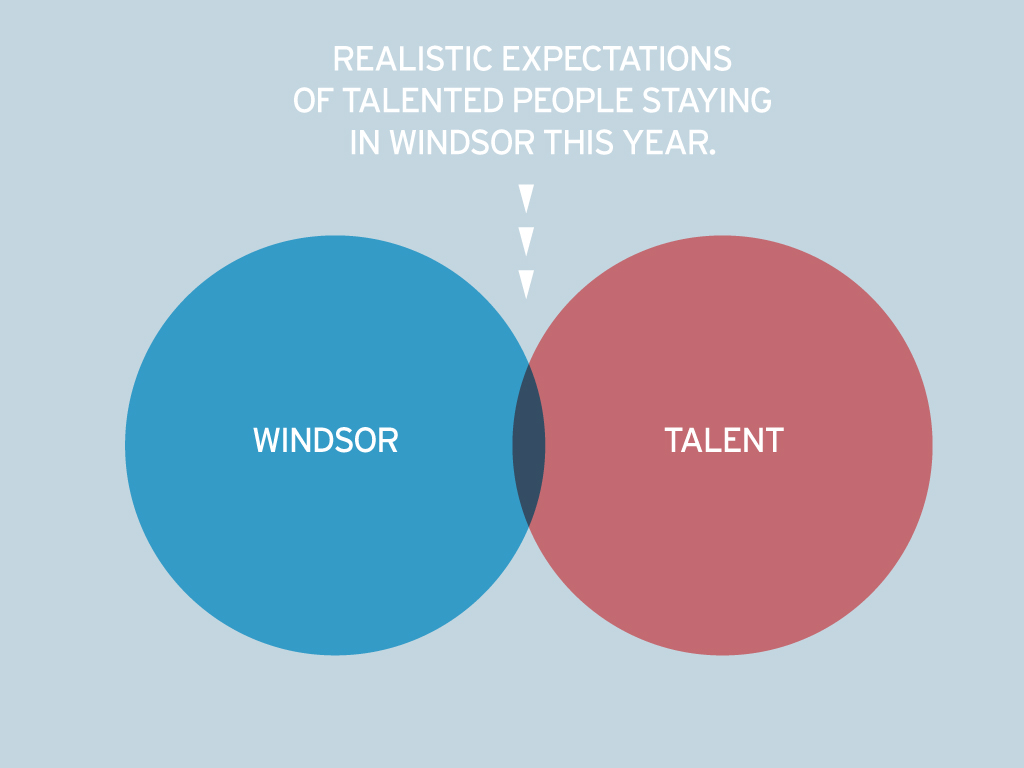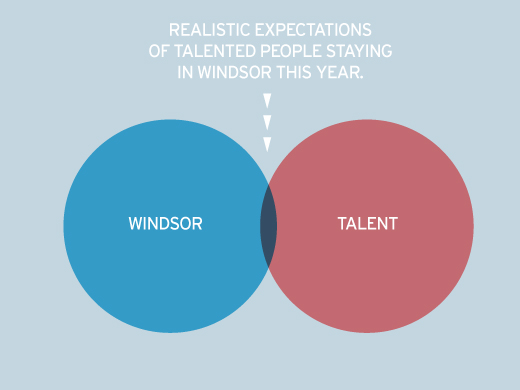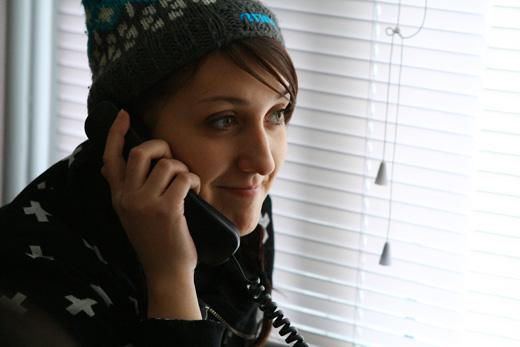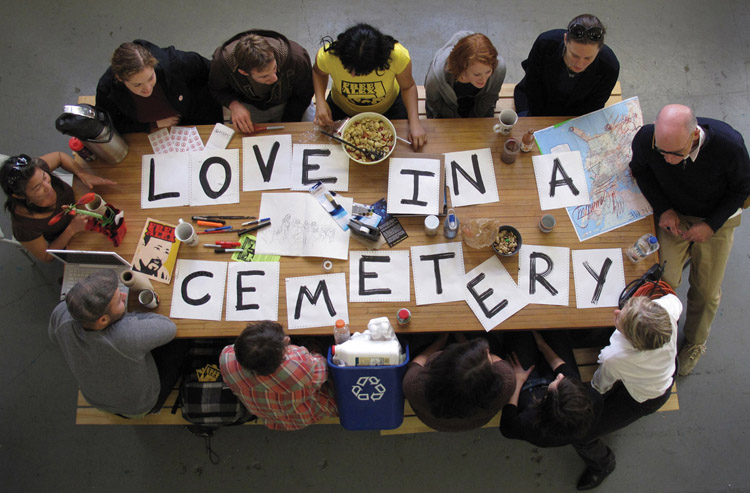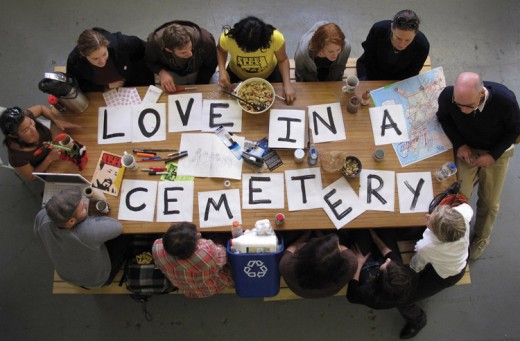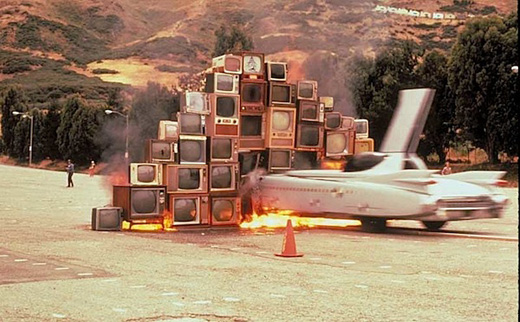It took a while. A little over a week I guess. However, it finally clicked — FAT Labs’ latest project #000000book is starting to make sense to me in terms of how big it could be.
Part of the problem may have been just the early overview of the project that circulated the blogs: #000000book is an open repository for sharing and archiving motion captured graffiti tags. Tags are saved as digital text files known as GML (Graffiti Markup Language), which can be captured through freely available software such as Graffiti Analyisis (marker), DustTag (iPhone), EyeWriter (eye movement) and Laser Tag (laser). Graffiti writers are invited to capture and share their own tags, and computer programmers are invited to create new applications and visualizations of the resulting data.
Robotagger: GML + ABB4400 from Golan Levin on Vimeo.
It just seemed to me, initially, that there would be this collection of tags that had been sort of digitized through an open platform, but I kind of thought, so what? But, I knew that it had to be kind of groundbreaking. Most of the projects that involve this mix of technology and graffiti that I’ve seen come out of GRL or FAT have been very, very cool, in the way that they think about mixing tactics and tools.
#000000book is no exception, as you can see above, Golan Levin hooked up a robotic arm to read from the GML database to reproduce a tag. We are in the future.
[via today and tomorrow]
